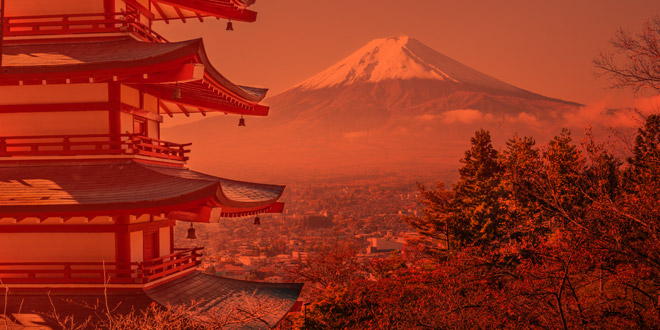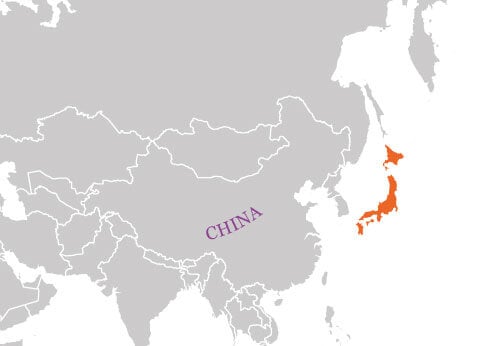
Japanese Whisky
Japanese whisky is much older than people often realise, with the first malt distillery producing spirit in 1923. The past century has seen a small number of distilleries define a wide range of Japanese whisky styles, but since the early 2000s we have seen a rapid acceleration in both popularity and innovation. Where there once only a handful of producers, there are now tens, and Japanese whisky is branching out into a new era of whisky making.
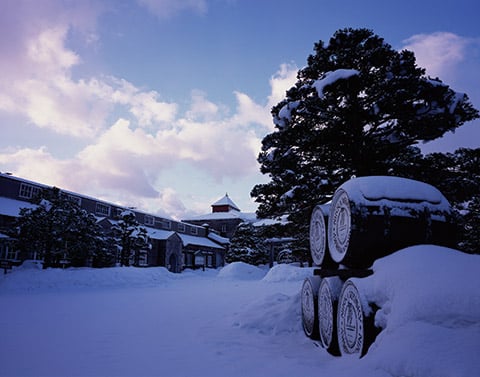 Nikka's Yoichi distillery is known for its rich, peaty whiskies
Nikka's Yoichi distillery is known for its rich, peaty whiskies
It takes two
The early years of Japanese whisky are dominated by two men: Masataka Taketsuru and Shinjiro Torii. Taketsuru was famously sent to Scotland in 1918 to learn about whisky-making, studying in Glasgow and getting hands-on experience in Speyside and Campbeltown before returning to Japan with a head full of facts and a Scottish wife.
When he joined forces with Torii in about 1921, Taketsuru’s vision was to build a distillery on the remote northern island of Hokkaido – the part of the country he thought most mirrored Scotland. However, Torii feared this was too far from the main markets of central Honshu, vetoed the idea and instead built Yamazaki on the outskirts of Kyoto in 1923.
Taketsuru swallowed his reservations and worked as Yamazaki’s first distillery manager before leaving in 1934 to strike out on his own and finally realise his dream: the building of the Yoichi distillery on Hokkaido.
Eighty years later, the companies founded by Torii and Taketsuru – Suntory and Nikka respectively – still dominate the Japanese whisky industry. But, unlike the twin monoliths of Scotch whisky, Diageo and Pernod Ricard, they don’t have dozens of distilleries, but only four between them.
Chameleons of distillation
While Scotland took centuries to build up a critical mass of about 100 malt distilleries, all with subtly different styles, Japan wanted to move faster, and with just a small number of sites. What’s more, Suntory and Nikka don’t trade whisky with each other – which, as in Scotland, would increase their blending options.
What developed was a very different model of distillation: plants like Yamazaki which produce a multiplicity of styles thanks to an eclectic collection of still shapes and sizes, plus a range of peated/unpeated barley, different yeast strains, fermentations, cut points – not to mention a number of cask options including the distinctive mizunara or Japanese oak.
These chameleons of distillation – Suntory stablemate Hakushu and Nikka’s two plants, Yoichi and Miyagikyou, follow a broadly similar philosophy – play havoc with the notion of ‘single’ malt, and yet there is a common thread that unites their bottlings, from Yamazaki’s floral roundness to Hakushu’s precision; and from Miyagikyou’s spiced fruit to Yoichi’s heavy smoke.
Old and new
As in Scotland, shuttered distilleries in Japan have a cachet all their own. In particular, the unique style of Karuizawa – rich, resinous, matured in small ex-sherry casks – has gathered a cult following. Meanwhile, newer distilleries such as Ichiro Akuto’s Chichibu are now attracting more and more attention.
Pioneering spirit
Japan’s early debt to Scottish techniques can mask the innovative streak that runs through the country’s whisky industry – a characteristic perhaps most readily appreciated in its blends.
As in Scotland, these are the drivers of the industry, comfortably outselling their single malt counterparts and, in Japan, driven by the mizuwari highball serve of whisky combined with lots of ice and water.
Blends such as Hibiki and Nikka From the Barrel are rightly lauded for their quality – but Japanese blends are equally remarkable for their experimental side, from different peating levels to the use of Japanese mizunara oak and plum wine cask finishes.
Did you know?
- Masataka Taketsuru’s mission to establish Yoichi in Japan’s far north started life as a venture to make apple juice, known as The Great Japan Juice Company
- when in Scotland, Taketsuru underwent a five-day crash course in distillation at Longmorn, also studying grain distillation at Bo’ness and spending five months at Hazelburn in Campbeltown
- Suntory’s vast Hakushu distillery once produced some 30m litres of spirit a year from two huge stillhouses, making it the largest plant of its kind in the world at the time
Typical Character and Style of Japanese Whisky
-
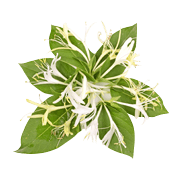 Honeysuckle
Honeysuckle
-
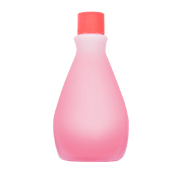 Acetone
Acetone
-
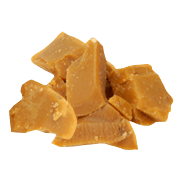 Toffee
Toffee
-
 Orange
Orange
The Japanese Whisky region
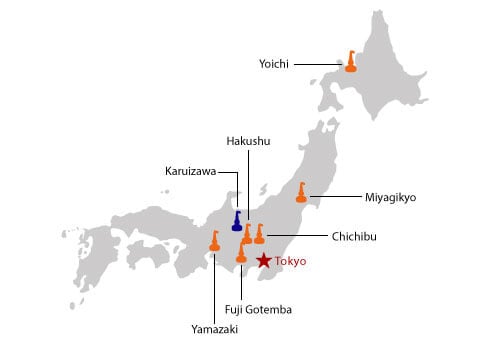
Filter
Price Range
Bottling Status
Category
Producer
Age
Vintage
Cask Type
Bottler
Series
Strength
Size
Single Cask
Limited Edition
Flavour Profile
Colouring

Hibiki Harmony
$86.23
($123.19 per litre)

Kanosuke Single Malt2022 Limited Edition
$161.79
($231.13 per litre)

Nikka Coffey Grain Whisky
$63.58
($90.83 per litre)

Yamazaki 12 Year Old
$156.40
($223.43 per litre)

Suntory Toki
$36.62
($52.31 per litre)

Hakushu Distiller's Reserve
$83.54
($119.34 per litre)

Yoichi Single Malt
$83.86
($119.80 per litre)

Miyagikyo Single Malt
$84.62
($120.88 per litre)

Kaiyo Mizunara Oak
$89.47
($127.82 per litre)

Shizuoka Contact S Single Malt3 Year Old
$188.76
($269.65 per litre)

Togouchi Single Malt
$97.02
($138.60 per litre)

Matsui MizunaraKurayoshi Distillery
$144.53
($206.48 per litre)

Akashi Single Malt Whisky
$77.39
($154.78 per litre)

Yamazaki Distiller's Reserve
$83.54
($119.34 per litre)

Mars Komagatake EditionBot.2021
$145.61
($208.02 per litre)

Shizuoka Single Malt Prologue K and Prologue W2x20cl
$214.64
($536.61 per litre)

The House of Suntory Triology Pack3x20cl
$48.48
($80.81 per litre)

Matsui PeatedKurayoshi Distillery
$141.30
($201.85 per litre)

Matsui SakuraKurayoshi Distillery
$146.69
($209.56 per litre)

Ichiro's Malt Double Distilleries 2021
$322.50
($460.72 per litre)

Kaiyo Mizunara Oak Cask Strength
$118.65
($169.50 per litre)

Akashi 5 Year OldSherry Cask Half Litre
$161.79
($323.58 per litre)

Suntory Hibiki 12 Year Old
$1,024.68
($1,463.83 per litre)

Karuizawa Platinum 38 Year Old and 40 Year Old Set2x70cl
$59,323.50
($42,373.93 per litre)


